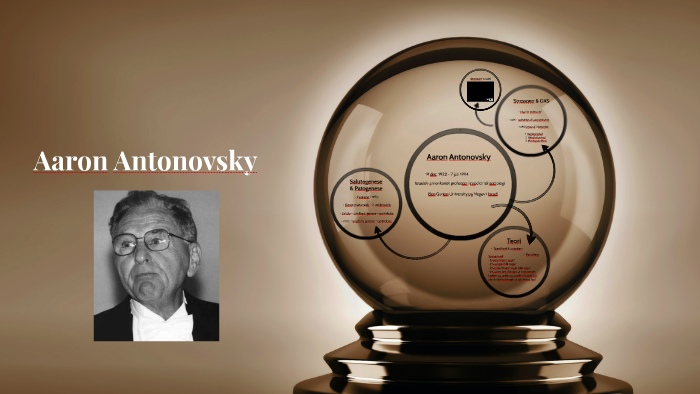
However, also for older workers, sense of coherence “can be modified, detrimentally or beneficially, by the nature of the working environment” (p. Given his view that sense of coherence is to a large extent static after an individual reaches adulthood, priority should be on young people’s working conditions, which is also a reminder of how destructive unemployment is for this cohort. Viewing stressors as entropic-leading to disorder in humans and social systems-sense of coherence “represents the forces of negative entropy preventing initial tension from being transformed into stress” (pp. 96).īoth the detrimental and the health-promoting consequences of working processes were also subjects of Antonovsky’s writing on salutogenesis and sense of coherence at work ( 1987a): “A distinction must be made between the elimination of stressors and the development of health-enhancing job characteristics” (p. Referring to this early narrative of the working lives of human beings in modern times, Schallberger ( 2006) summarized that “the role of work in wellbeing and health can be understood only when we describe work simultaneously as a possible source of negative (e.g., work stress) and positive (e.g., pleasure in work) emotional states” (p. This leaves us with the apparent choice of either working less and more comfortably or making work rich and decent ( 1920, pp. He noted that one’s work and occupation is a two-faced matter: a means for living or a purpose in life, something demanding or equally fulfilling. In the early twentieth century, Kurt Lewin questioned the role of work and occupational psychology in view of the increasing division of labor (Taylorism), socialism, and a standpoint of a just society. Finally, the implications and challenges for practice and future research on salutogenic work are discussed. This is illustrated with a practical example of a survey-feedback process promoting salutogenic work. After a review of the prevalence of salutogenic measures in worksite health promotion, the point of making salutogenesis more visible in work-related research and practice is elaborated upon. Then, Antonovsky’s line of thinking is related to frameworks researching job resources and demands.

Antonovsky’s original model is first specified and simplified for the context of work. Hereby, the view of Antonovsky is enhanced, insofar that health-promoting, salutogenic job characteristics are not solely understood as buffering the pathogenic effects of stressors at work, but have a direct effect on positive health outcomes. This chapter presents models, measures, and intervention approaches that relate to the double nature of work and to both its pathogenic and its salutogenic qualities. He elaborated on job characteristics that potentially relate to a sense of coherence, offering a dense description of a workplace where individuals experience meaningfulness, manageability, and comprehensibility.
Antonovsky accentuated the distinction between eliminating stressors and developing health-enhancing job characteristics. Work is both detrimental and health promoting.


 0 kommentar(er)
0 kommentar(er)
